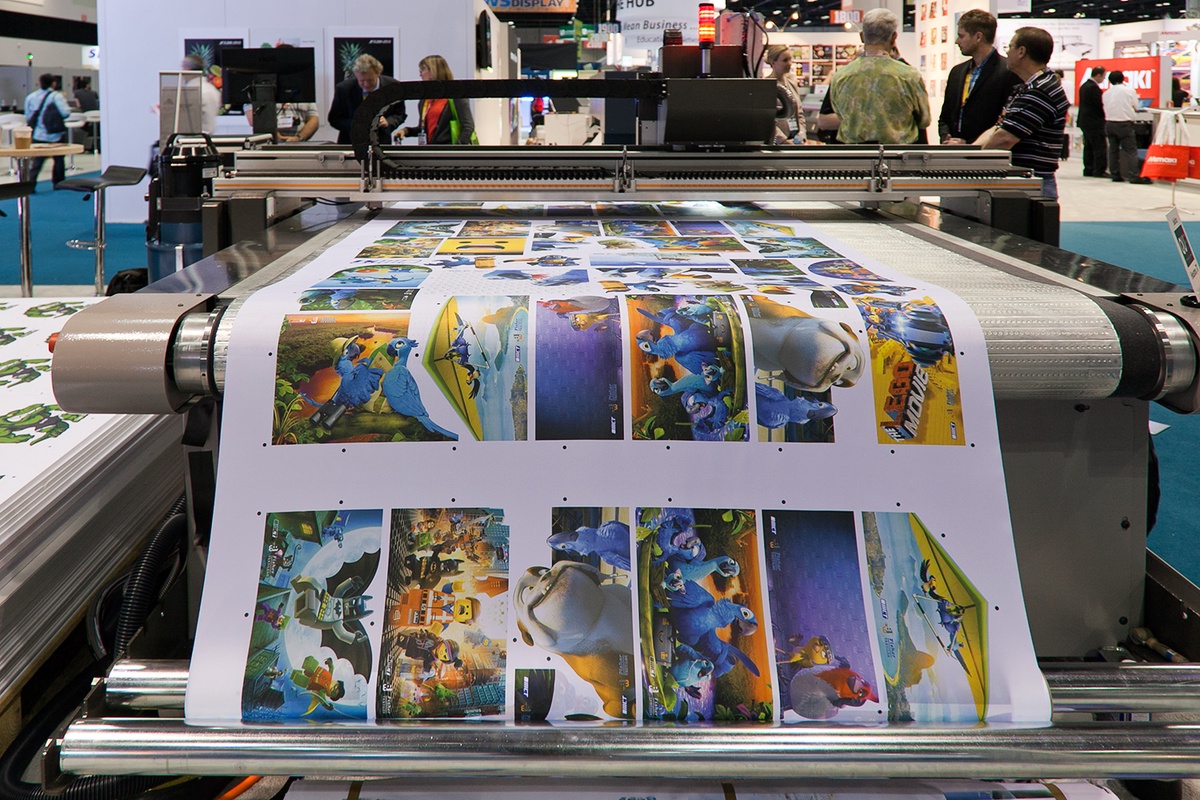Introduction
The advent of the printing press marked a significant turning point in human history, revolutionizing communication, education, and the dissemination of knowledge. Qatar, a dynamic and rapidly evolving nation in the Arabian Gulf, has experienced the profound impact of the printing press in its own unique way. This technology has played a pivotal role in shaping Qatar's intellectual landscape, promoting cultural preservation, and fostering educational development. From its introduction to its current status, the printing press has been instrumental in catalyzing intellectual progress in Qatar.
Historical Context
Qatar, with a rich history rooted in maritime trade and Bedouin culture, has always valued knowledge and learning. Before the arrival of the printing press, knowledge transmission primarily relied on oral traditions, manuscripts, and limited copies of books. The introduction of the printing press in Qatar mirrored the broader technological advancements sweeping across the Arabian Peninsula in the 20th century. The first printing press in Qatar emerged in the early 1960s, coinciding with the nation's modernization efforts and growing focus on education.
Promotion of Education
The printing press swiftly emerged as a key tool in Qatar's educational landscape. Prior to its introduction, educational resources were often scarce and localized. The printing press transformed this scenario by enabling the mass production of textbooks, instructional materials, and academic literature. This facilitated the establishment of formal educational institutions and enhanced the accessibility of education for Qatar's growing population.
Qatar's government and educational authorities recognized the printing press's potential to bridge educational gaps and improve literacy rates. They invested in the development of printing infrastructure, fostering a culture of learning by making educational resources available in both Arabic and English. This approach not only empowered Qataris with access to a wider range of knowledge but also promoted cross-cultural understanding and international engagement.
Cultural Preservation and Expression
The printing press also became a powerful tool for preserving Qatar's cultural heritage. Traditional stories, folklore, and historical accounts were recorded and printed, ensuring their longevity and accessibility for future generations. The Qatari identity was reinforced through the documentation of local customs, language, and traditions, fostering a sense of pride and continuity in a rapidly changing world.
Moreover, the printing press provided a platform for Qatari authors, poets, and intellectuals to express their ideas and perspectives. Literary works, poetry collections, and critical analyses of societal issues found their way into the public domain, contributing to the enrichment of Qatar's cultural discourse. This enabled a more diversified narrative, reflecting the multifaceted nature of Qatar's evolving society.
Media and Public Discourse
The printing press played a crucial role in shaping Qatar's media landscape. Newspapers, magazines, and journals began to flourish, providing a platform for informed public discourse and the exchange of ideas. Qatar's media industry benefited from the printing press's ability to disseminate news and information quickly and efficiently.
The media's role in Qatar expanded beyond national borders, influencing regional discussions and providing an avenue for international engagement. The printing press facilitated the sharing of Qatar's perspectives on global affairs, enabling the nation to actively participate in important dialogues and debates.
Technological Advancements
As Qatar's economy diversified and embraced technological advancements, the printing press industry also evolved. Traditional printing techniques gradually gave way to digital technologies, enhancing efficiency, reducing costs, and broadening the scope of print media. The rise of digital printing allowed for more personalized and flexible content creation, catering to specific interests and niches within the population.
Furthermore, the internet's proliferation enabled the online dissemination of knowledge, challenging the conventional role of the printing press. Qatar's institutions adapted to this shift by incorporating online resources, e-books, and digital libraries into their educational frameworks, ensuring that the benefits of the printing press continued to shape Qatar's intellectual landscape in the digital age.
Conclusion
The printing press in Qatar stands as a testament to the nation's commitment to education, cultural preservation, and intellectual progress. From its early days as a transformative educational tool to its current status as a facilitator of digital knowledge dissemination, the printing press has been an enduring catalyst for growth in Qatar. By bridging gaps in education, preserving culture, stimulating public discourse, and adapting to technological advancements, the printing press has empowered Qataris to embrace their history while embracing a future full of opportunities.


No comments yet